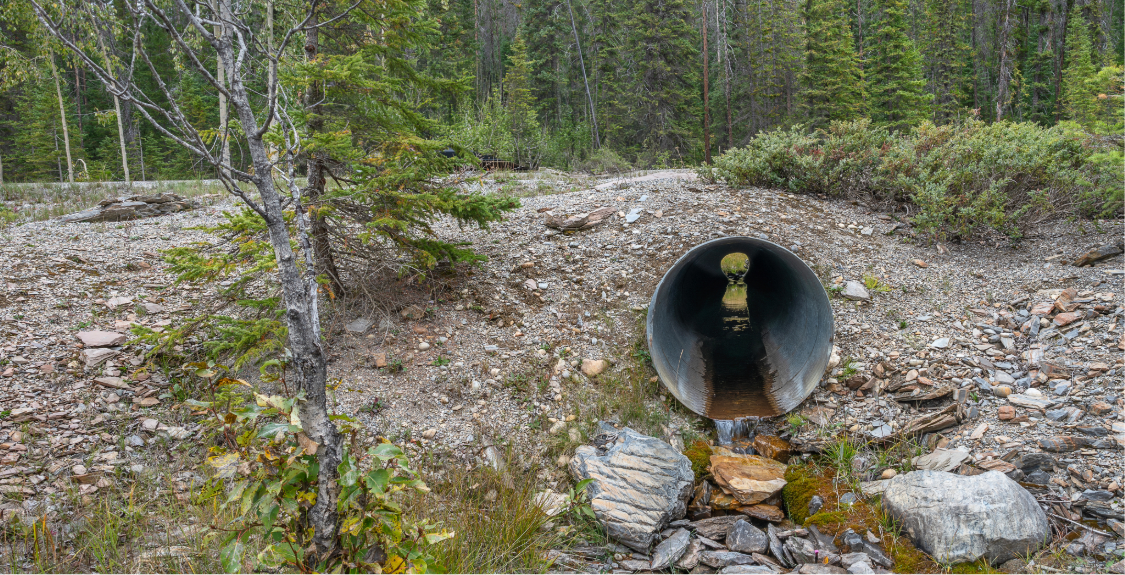AFM NEWS
What Are Best Management Practices?

Best Management Practices (BMPs) in forestry are science-based guidelines designed to protect water quality, soil health, and overall ecosystem integrity during forestry operations. They help minimize environmental impacts from activities like timber harvesting, road construction, and site preparation. BMPs were developed after the Clean Water Act of 1972, and all states voluntarily adopted BMPs to protect water and soil during forestry activities. Although they vary by region, BMPs have several areas of focus, including but not limited to safeguarding waterways, providing guidance for silvicultural chemical application, erosion control, and ensuring sustainable forest regeneration. Let’s examine some additional BMP topics and how they protect some of our most precious resources.
Voluntary guidelines can be modified depending on the state and site, while legal requirements are always honored. Within BMPs, one of many topics covered is Riparian Management Zones (RMZs), sometimes referred to as Buffer Strips, which occur on both sides of streams and bodies of water. Michigan’s standard RMZ minimum width is 100 feet, measured horizontally. Trees growing along the stream bank should not be cut (to maintain shading of the stream), and foresters and loggers should aim to disturb less than 10% of the surrounding soil. Drainage structures, such as culverts, should be installed per BMP requirements. As mentioned above, there are many site-specific factors that foresters and loggers need to consider, like streams or rivers with sensitive aquatic species, time of year, slope, recent precipitation (like snow), etc.
Another topic common within BMPs is silvicultural chemical application. Chemicals like fertilizers, pesticides, and herbicides all require care and attention during application to protect water and soil, including planning application as well as mixing, and application equipment maintenance. If applying chemicals aerially, foresters and loggers work to ensure there will be minimal aerial drift into streams or impoundments. They should exercise caution and not apply herbicide to vegetation, protecting eroded slopes and gullies. The same caution is also taken while cleaning spills, which should be quickly attended to using an absorbent agent like kitty litter, sawdust, etc.
A final popular topic is the construction and maintenance of forest roads. Since forest roads can create severe soil erosion, following BMP recommendations is essential. There are various steps to follow, such as road planning, construction, drainage, and maintenance. In Florida, construction should be planned during dry periods, and one should minimize stream and wetland crossings. BMPs recommend certain types of road drainage structures that encourage long-term road stability, such as structures like culverts, cross ditches, and turnouts. The culvert or road ditch should be based on the road ditch size, type, and slope, while also anticipating the volume of water during storm events, which is not uncommon in Florida during hurricane season. Regarding maintenance, ditches, and culverts should be kept free of obstructions, and ditches should be maintained to handle the volume of water necessary to ensure road integrity. After operations, seeding, fertilizing, and mulching will accelerate the revegetation of old roads protecting nearby watercourses.
Our regional offices are experts in local BMP practices, allowing us to collaborate with our clients and other forestry professionals to ensure we provide the best possible management to maximize profitability while maintaining the environmental integrity of the lands we manage. AFM takes stewardship seriously, and we follow BMPs to protect our natural resources.
